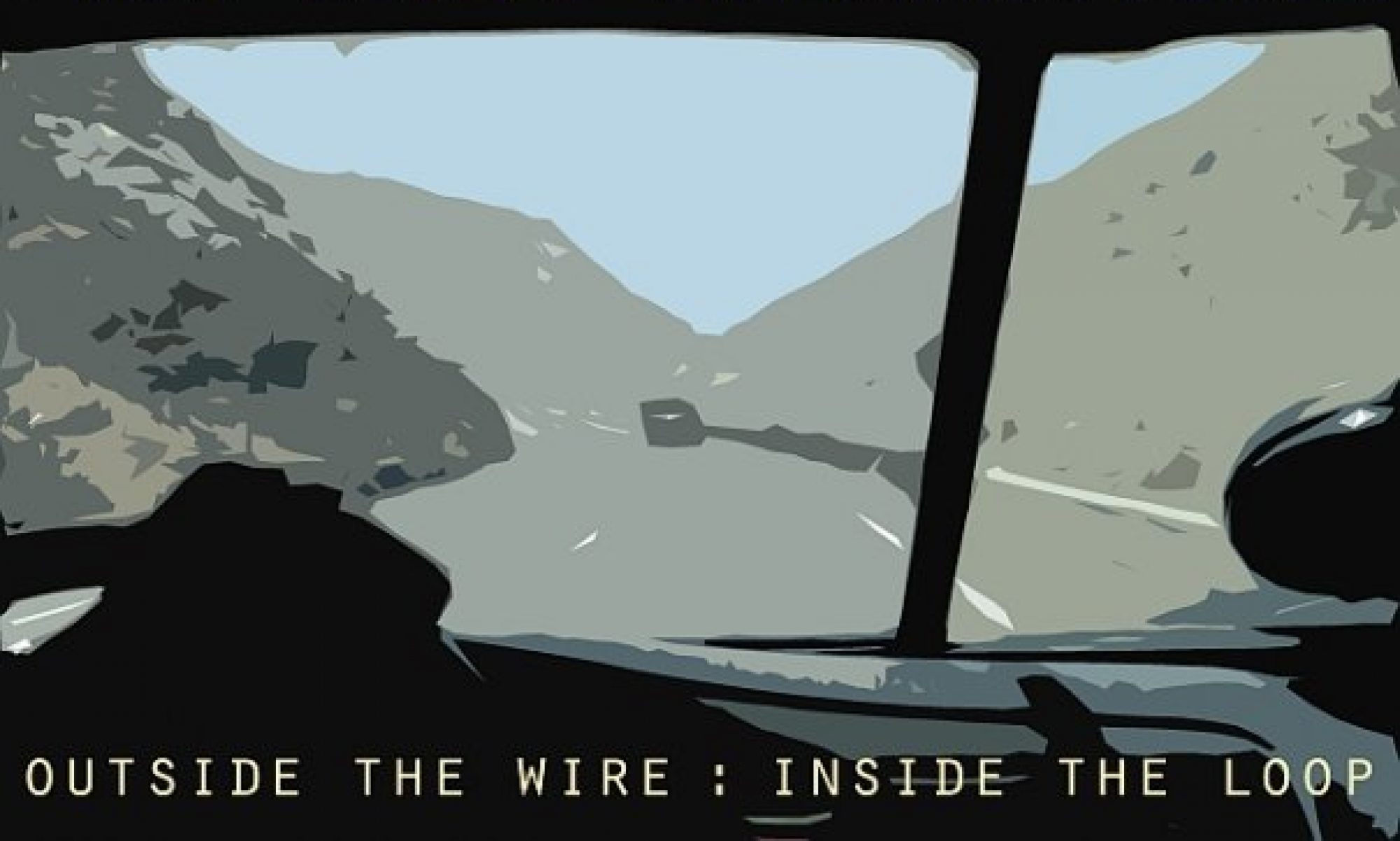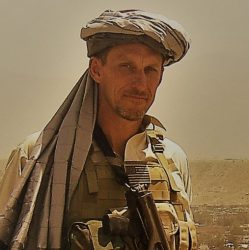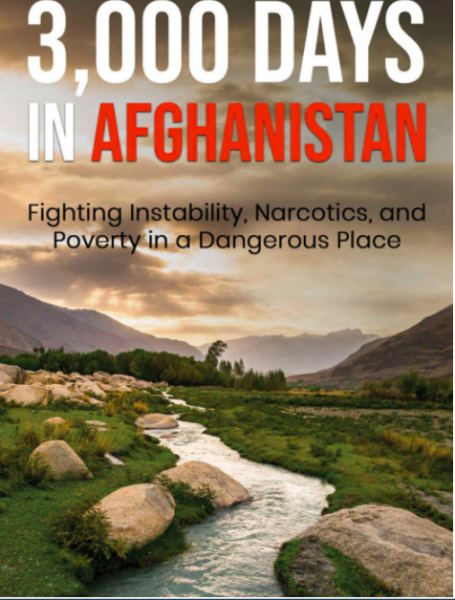Secretary of Defense Pete Hegseth made headlines last week for ordering the military services to review their fitness standards for troops assigned to combat arms units. His goal is to create uniform standards to replace gender-based fitness tests. Although Hegseth is on record as being against women in combat, this (in theory) wasn’t about that. Hegseth reinforced his order with a video on X where he stated:
“We need to have the same standard, male or female, in our combat roles; soon, we’ll have nothing but the highest and equal standards for men and women in combat.”
That is great news, except it won’t work because standards can be waived, exceptions made, and rigorous standards challenged when senior officers or SNCOs cannot meet them. We didn’t end up with female officers graduating from the Marine Corps Infantry Officer Course because IOC lacked standards. General officers of my generation seemed to honestly believe that introducing women into the infantry was a good idea as soon as they were selected to flag rank. But I don’t want to explore flag officer complicity because some of the men involved are friends of mine, and Marines have rules about what one says about one’s friends in blog posts.
Except for Joe Dunford, the best Marine Corps Commandant in my lifetime, who designed and authorized the 2015 Marine Corps Force Integration Plan experiment. That rigorously controlled, detailed experiment showed that forcing females into the combat arms would degrade overall performance and lethality.
Here is a sample of the data collected during the study:
- Female Marines averaged 15 percent lower anaerobic power and capacity levels than their male counterparts.
- In anaerobic power performance, the top 25 percent of female performers and the bottom 25 percent of male performers overlapped.
- Female Marines demonstrated levels 10 percent lower on average in aerobic capacity than male Marines.
- Over the course of the assessment, musculoskeletal injury rates totaled 40.5 percent for women, more than double the 18.8 percent rate for men.
- In all, female Marines sustained 21 “time-loss” injuries, which took them away from task force duties for a day or more. Nineteen of the women’s injuries were lower extremity injuries, and 16 percent took place during a task that required movement while carrying a load.
Here are some highlights from the nine-month, 36-million-dollar study:
- All-male squads in every infantry job were faster than mixed-gender squads in each tactical movement evaluated. The differences between the teams were most pronounced in crew-served weapons teams, which had to carry weapons and ammunition in addition to their individual combat loads.
- Male-only rifleman squads were more accurate than their gender-integrated counterparts on each individual weapons system, including the M4 carbine, the M27 infantry automatic rifle, and the M203 grenade launcher.
- Male Marines with no formal infantry training outperformed infantry-trained women on each weapons system at levels ranging from 11 to 16 percentage points.
The detrimental effects of forcing women into ground combat units were beyond dispute, and the way forward for then-Secretary of the Navy Ray Maybus was crystal clear. Maybus ignored the study (pilloried in mainstream media), and the standards for IOC were dropped so women could make it through. Putting those standards back will not fix the problem because they never were the problem; women were.
How can the senior flag officers insist it is imperative to put females into every combat formation when they would never force women onto the football teams of West Point or Annapolis? Is winning football games more important than the lives of the men and women they command? Of course not. If you forced a woman into the starting lineup of the Army or Navy, the ensuing disaster would play out on national television, and the ridiculous experiment would be terminated.
The same dynamic will play out if we ever expose our mixed-gender combat units to the sustained ground combat we experienced in Vietnam, Korea, or World War II. During the twenty years we spent fighting the Global War on Terror, the military fought a few battles, lots of firefights, and hundreds of ambushes, but it did not engage in sustained ground combat. When faced with the tactical problem of improvised explosive devices or separating insurgents from the local population instead of tactical solutions, the Pentagon made the money printers go brrr. They purchased thousands of gigantic Mine Resistant Ambush Protected armored vehicles to protect every fireteam leaving the wire. When we abandoned Afghanistan, we also abandoned the MRAPs. They were no longer needed, and there was no budget or manpower to maintain them.
The Pentagon has lost the ability to make the money printers go brrr. In the future, tactical problems will need tactical solutions, which will be easier to find without the self-inflicted wound of women on the front lines.
I was watching one of the more popular Special Forces influencers, Nate Cornacchia, at the Valhalla VFT channel explain that the Special Forces Q course and Ranger School have already returned to the original, rigorous standards, effectively eliminating women from those courses. Nate explained in great detail why he believes in returning to the former standards. I think I agreed with everything he said, but he took so long to explain things that I skipped through the video. Too much computer screen time has reduced my attention span so much that my wife calls me Desi. My 2 ½ -year-old grandson Desi is not known for sitting still in quiet contemplation for longer than 5 seconds. But he’s cute as shit and can climb like a monkey because he’s fit, just like his granddad.
So I’m watching Nate, who looks like your typical former Special Forces operator. He’s wearing a tank top, has the tats, is jacked, and has the obligatory beard and ball cap. I was wearing a tank top, too, and I have a couple of tattoos but no beard, and I don’t habitually wear ball caps. I take a screenshot of myself watching Nate to compare, thinking I might be able to duplicate his SF mojo and become a corporate-sponsored military influencer. I might have a shot if all it takes is being fit enough to wear a tank top and some military tattoos.
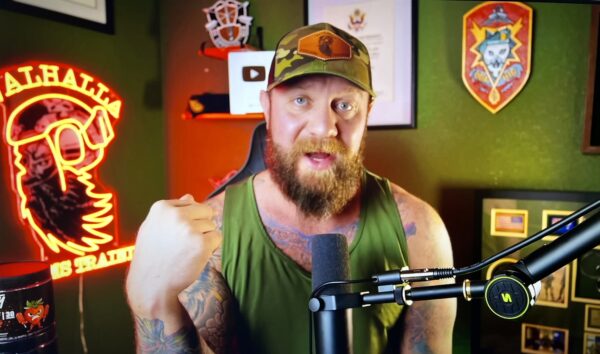
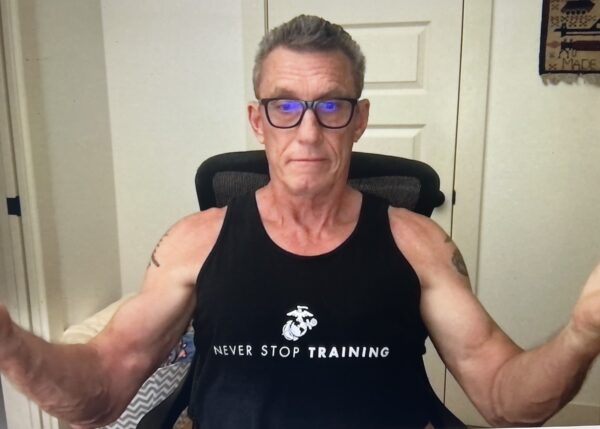
So, with a little more color in the background, I’m one expensive microphone away from the influencer lifestyle. Then, I remembered that America already has a retired Marine Corps infantry officer influencer, my friend Asad Khan. I then went over to his Sentinel 360 YouTube page to grab a picture of Asad in mid-rant.
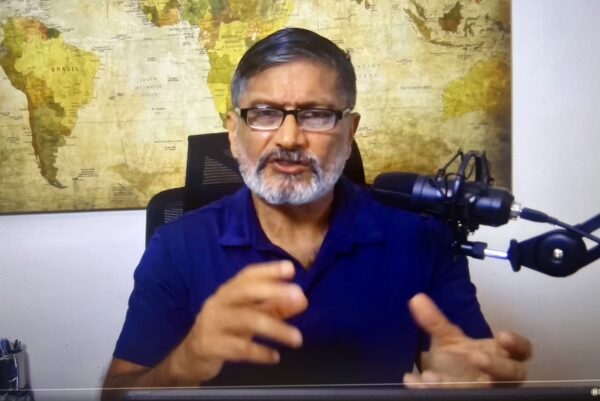
When I went to fetch a shot of Asad, I noticed that Nate Cornacchia had another video up about the same topic. This time, he has another former Green Beret dude on, and they spent almost two hours going over the same territory. Once again, I agree with everything they said in principle because I skimmed through the video. Those guys sure can talk a lot, and I wonder if it’s the ADHD meds that seem prevalent in Gen Z, not that there is anything wrong with getting treatment for ADHD. It would explain why they are both wearing their ball caps backward while getting pedantic over what women can and can’t do in the SF community.

Then it dawned on me why I find the generational differences perplexing.
Chivalry.
Chivalry was taught to boomers at a young age as the masculine way of maintaining social decorum. Men were expected to protect women, children, and the elderly. Before you can protect your community, you must be able to protect yourself, so fistfights were expected as part of coming of age in the 60s and 70s. Our teachers taught us that violence never solves anything but our archaic masculine culture taught us it is really the gold standard.
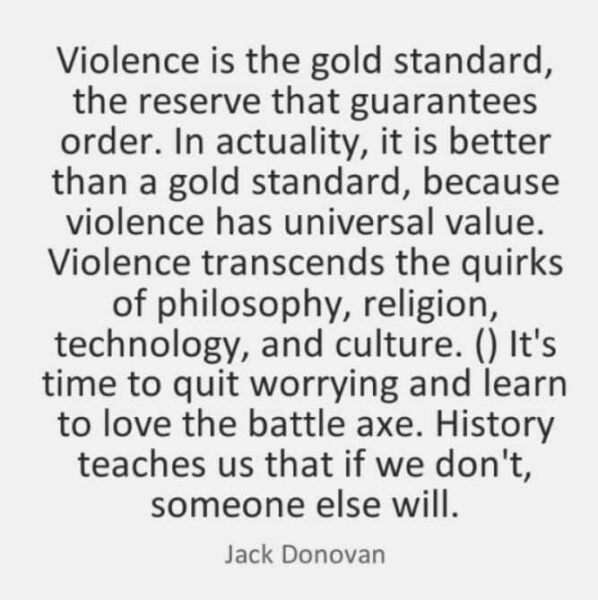
Generation Z was taught that chivalry was an archaic, misogynistic artifact of Western European colonizers. They were taught manners instead of chivalry, with schools instituting zero-tolerance physical altercation policies. Chivalry is concerned with the right behavior; manners are concerned with the right appearance. One is the product of a masculine society, the other of a feminized culture. This might explain why testosterone levels are plummeting in younger Americans.
What happens to a military that denounces masculinity as toxic? Mannerism as disconnected from reality today as it was during the Italian High Renaissance. Colonel Susan Myers, commander of the 821st Space Base Group in Greenland, recently displayed classic girl boss mannerism. Col. Myers wrote this in an email to her command last week after hosting the Vice President and his lovely wife.
“I do not presume to understand current politics, but what I do know is the concerns of the U.S. administration discussed by Vice President Vance on Friday are not reflective of Pituffik Space Base. I commit that, for as long as I am lucky enough to lead this base, all of our flags will fly proudly — together.”
No adult who has taken a hard, straight right to the face would ever talk like that. As the ancient stoic Mike Tyson observed, “Everybody has a plan until they get hit in the mouth.” So what was Col. Myers’s plan with her girl boss email? She had no plan. I’m uncomfortable with military commanders who continue to use passive-aggressive, malicious compliance to ‘flex’ against the bad orange man.
It is not only cowardly but also ungentlemanly to voice your personal “concerns” about the Vice President of the United States when you are in command of a military establishment. Military officers are taught from a young age that with politicians, they are to respect the office, not the man, which was a useful heuristic when serving under Clinton or Obama. As I sat here ruminating about loquacious Green Berets and shit-bird Space Force Colonels, a notification popped up that Sentinal 360 had posted another video. I checked it out, confident it wasn’t another 2 hours about women in combat.
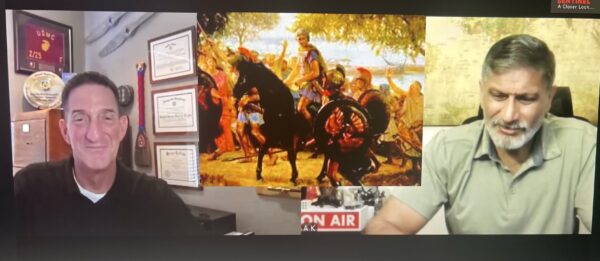
I was not disappointed because Asad had one of his generation’s best-retired infantry colonels, C.J. Douglas. Colonel Douglas distinguished himself during five combat tours and with his all-source intelligence-gathering capabilities. He consulted Free Range International for Afghanistan updates prior to deploying there, which he revealed by mentioning his old mentor (me) during his first interview with Asad, which automatically put him into the Free Range Hall of Fame.
And I know CJ Douglas can think after taking a punch to the mouth because I put him through the Room of Pain at IOC. The room of pain was designed to exercise decision-making while exhausted and fighting an enlisted close combat instructor, followed by an IOC instructor after being thrashed to the point of exhaustion by calisthenics.
As you look at the picture above, C.J. is smiling and is genuinely happy because he’s talking about killing bad guys. Asad is being Asad – interesting and candid, but not somebody you’d want to provoke because he’s a hard dude. CJ is, too, and if you’re not a personal friend and he’s looking at you with that big happy smile, he’s probably working his day job with the New York State Police, and you’re probably going to jail. Chivalrous men delight in tales about well-laid ambushes or nailing a high-value target and are genuinely happy when incarcerating anti-social drunks or petty criminals.
Then, praise the Lord, I found an article that might wrap this rambling post up nicely. It’s too late for me, Asad, CJ, or the Green Berets to be legitimate influencers because influencers are now considered obnoxious. I had no idea there were male fitness influencers who filmed their 6-hour morning routine. Another fitness guru (Dr Edward Group) drinks his urine every morning, claiming it’s the best source of stem cells. Is it possible that Dr. Group is correct? Of course. Should you drink your own urine every morning? No. Chivalrous men don’t drink their own urine or concern themselves with self-improvement via injections.
The antidote to influencers is authenticity, which is why the podcast market is booming. That’s why I enjoy the Sential 360 channel so much—Asad is fun to listen to because he is authentic, interested in the military, knows his history, and has great sea stories. As you watch him interview CJ Douglas, you can see the mutual respect and genuine love of the country and the Marine Corps in both of them.
Increased fitness standards will not rid the military of females in combat arms occupational specialties because they make meeting arbitrary fitness standards the issue. As Saul Alinsky, the patron saint of DEI, noted, “The issue is never the issue.” The issue of women in combat isn’t about fairness and equity for women; it’s about political power and the maintenance of the progressive elites’ narrative. Secretary Hegseth should announce the removal of women from all combat arms occupational specialties, not because they can’t meet some standard but because they have no business being there in the first place. It is high time to make Army infantry look like the West Point football team, not some utopian vision of a color-stratified America.
